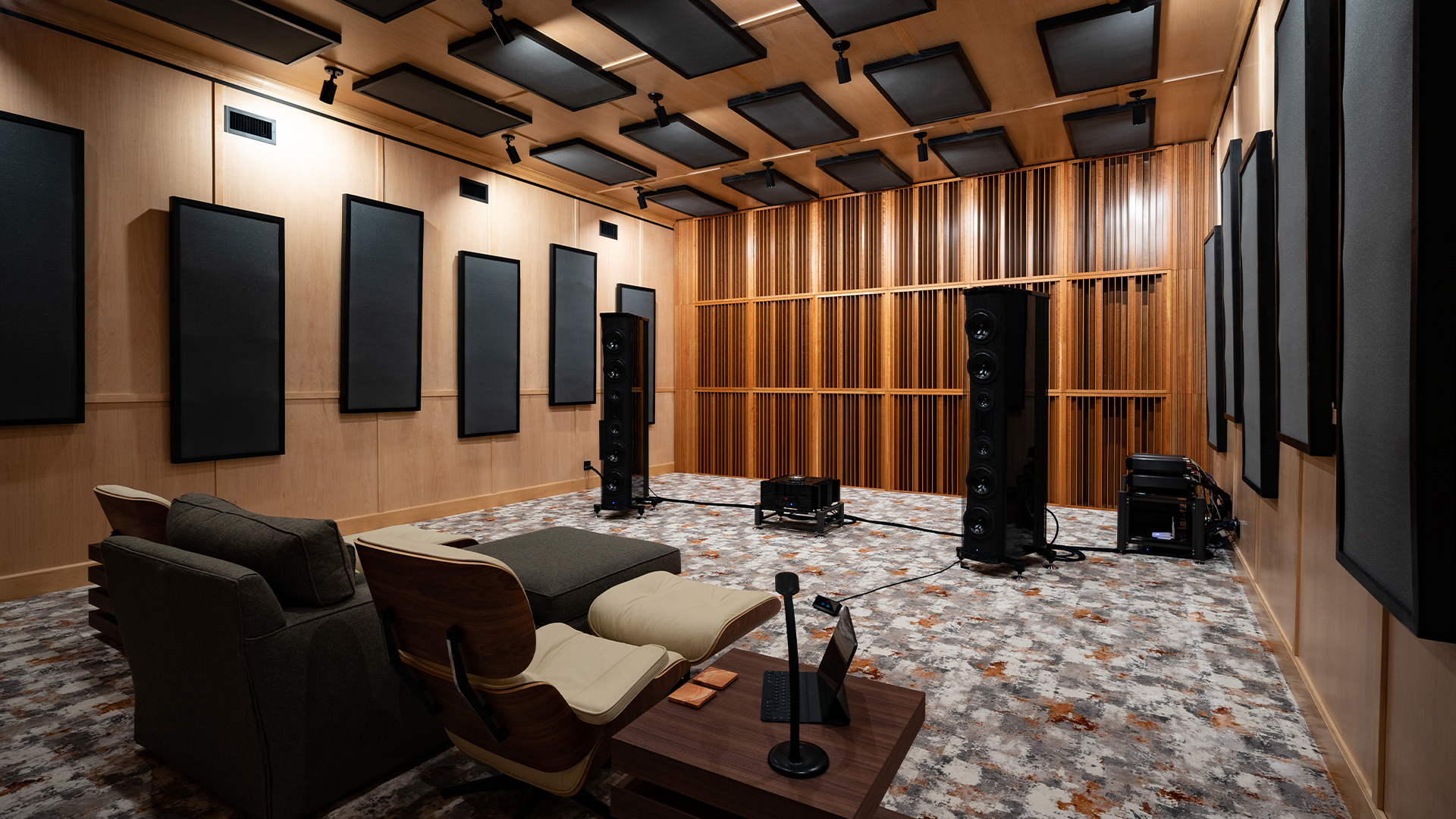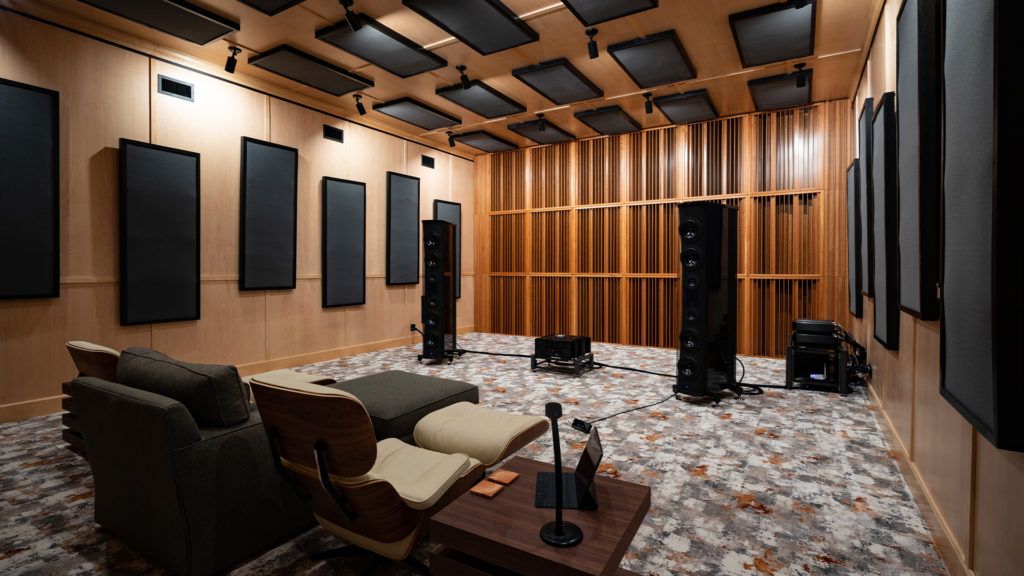
Diffusion is room acoustics is the most misunderstood of the two technologies that we have as engineers to work with. In room acoustics, we have only two types of treatment. Let’s don’t be concerned at this point about acoustic diffuser placement. Let’s back up a little and define diffusion as it is used today. There are two main types of acoustical treatment. There is absorption and diffusion. Absorption is the process where we reduce the strength of excess energy for all frequency ranges within our rooms. This energy reduction can occur in the low-frequency areas along with middle and high frequencies. Diffusion also deals with excess energy but is more focused on excess reflected energy. Let’s look more closely at reflections. For the purpose of this discussion, use the terms large reflections and smaller reflections. Larger reflections assist us with localizing distance. They are the primary reflection that strikes the wall surface area first and then returns back towards the listener. Using a diffuser, we reduce that larger reflection and break it up into a series of smaller reflections that are more difficult for our hearing and brain mechanisms to localize the distance to that boundary surface. When the larger reflections are reduced into smaller ones, the room sounds larger due to lack of localization by our ears and brain. http://www.diffuser-calculator.com/
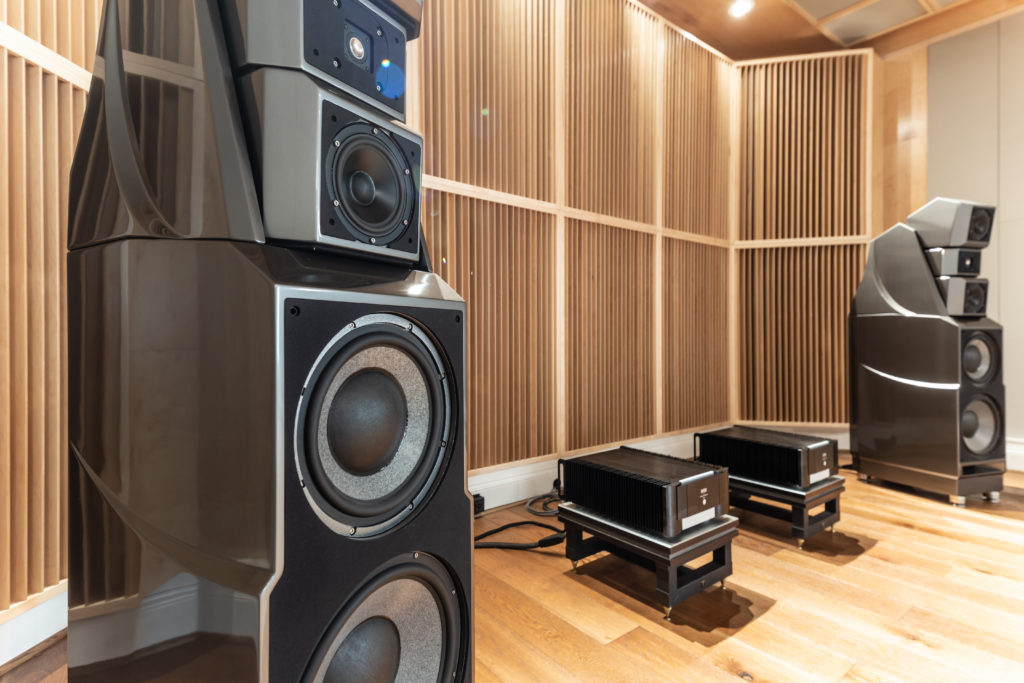
Before we address the issue of acoustic diffuser placement, let’s look at the only true diffusion type. There are many product names out there but the only true diffuser that can satisfy all the requirements that a truly diffuse sound field actually sounds like. Quadratic diffusion is a series of wells or troughs that have certain depths and widths. Each diffuser is based upon a prime number. We have 7, 11, 13, 17, 23.
The higher the prime number, the lower the frequency response goes down to. The upper range of each prime number frequency response is determined by the well width or the distance between the wells. The depth of each well is based upon quarter wavelength rules and the well width is based upon half wavelength rules. When selecting acoustic diffuser placement no matter what the prime number, you must allow for enough distance between the diffuser and your ears for the lowest octave band represented by the diffuser to fully form. If the wavelength does not have the distance to fully form, and it strikes your ears not fully formed, you will hear phase. https://www.youtube.com/watch?v=fB3EsOqYZ6A
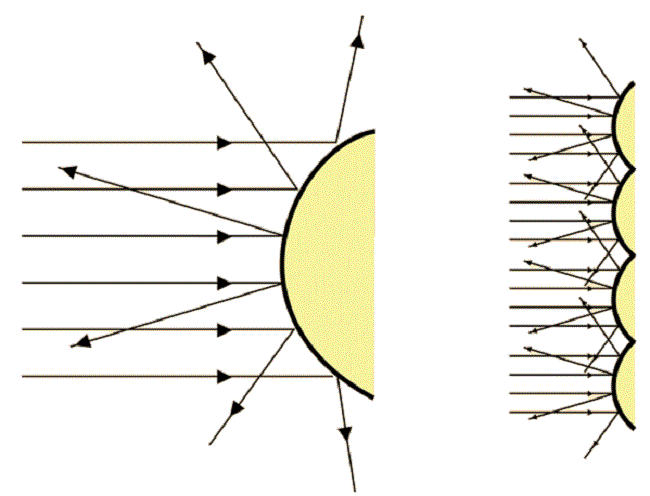
The acoustic diffuser placement issue revolves around the room usage. A live room is different from a vocal room. A mix room is different from a live room. In a mix room, diffusion is used upon the rear wall. Acoustic diffuser placement on the rear wall of a mix room will reduce the impact of the reflections from that wall surface area. Reflections from the rear wall of a mix room will produce distortion in the engineer’s mix. The goal is to reduce the strength of the rear wall reflections, so that they do not interfere in time with the direct or straight line energy from the engineer’s speakers. The diffusion prime number that is used in the choice of quadratic diffusion is based upon the distance from the rear wall to the listening position. The acoustic goal is to get as low of an octave reach with the diffuser as you can within the workable distances in the mix room. In two channel listening rooms, the same distance principle applies to both the front and rear walls. In small theaters, you will want diffusion on the ceiling and rear walls. https://www.acoustic-glossary.co.uk/sound-fields.htm
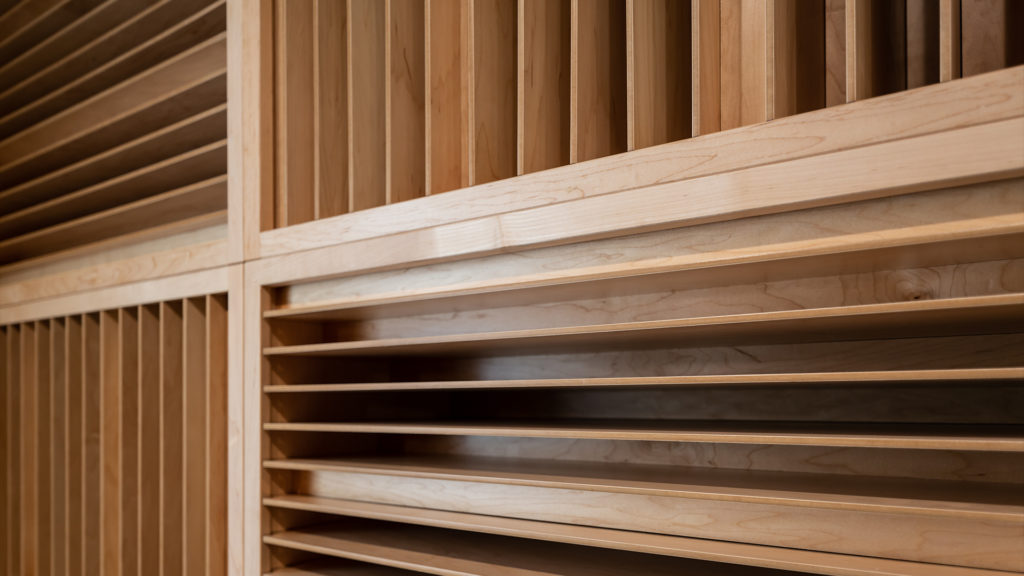
How does diffusion work? Diffusion treats the reflections from our wall surfaces. Reflections from our wall surfaces help us to localize distance. The time signature of the reflections from our wall surfaces tell us where the wall is located. It may not define distance but it will tell us if we are in a small or large room. This process is called localization. Men are better at localization than women. This is probable due to our hunting gene. Reflections are broken down into primary and secondary reflections. First we have the direct or straight line sound that comes from a speaker or another person. The shortest distance between two points is a straight line. Direct energy from source or straight line energy does not include any room sound (reflections). The reflections occur when the direct sound now passes the receiver and strikes a room boundary surface. The primary reflection is the strongest reflection since it comes from the direct sound from source and strikes only one wall when then returning to the source of the sound energy. Diffusion takes this primary reflection and breaks it down into smaller secondary reflections that are not as powerful and single minded. These small reflections do not interfere with the direct sound as much as a primary reflection would. https://www.youtube.com/watch?v=8OYYnGk30Qg
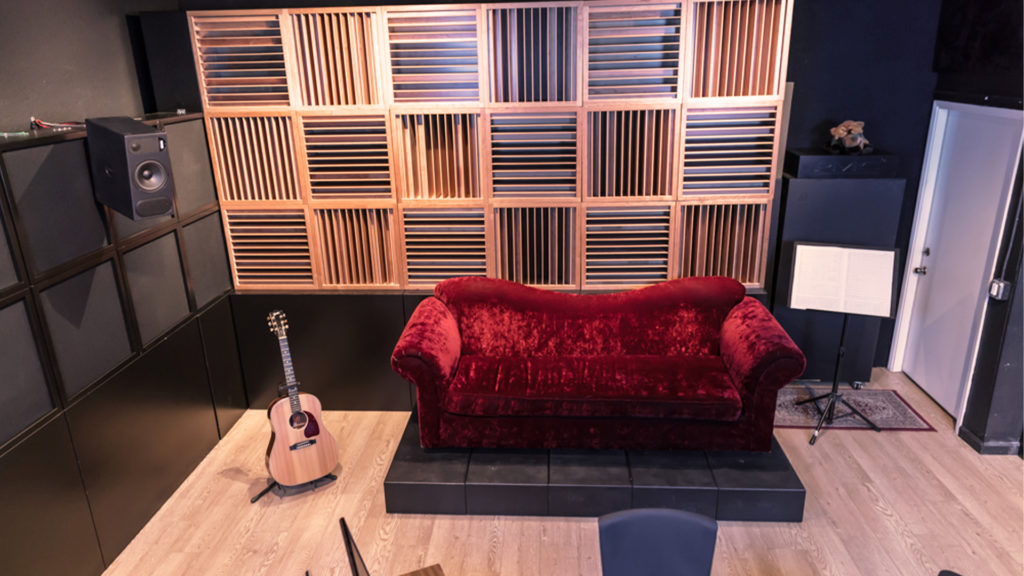
Diffusion is a technology that is designed to make a small room sound larger. It does this by using two dimensions of diffusion. A one dimensional vertically positioned diffuser will distribute or diffuse energy in a horizontal sound field. A horizontally placed diffuser will distribute its diffused energy into a vertical array of energy. These are both examples of one dimensional diffusion. If you alternate both vertical and horizontal one dimensional diffusers in a layout, you can minimize more primary reflections and thus the surface the two dimensional diffusion is attached to will acoustically vanish. This rear wall reflection management tool is always welcome in today’s small mix rooms.
Diffusion is a powerful tool that most do not know how to use correctly. In an acoustic diffuser placement scenario which prime number sequence should we use. Every prime number that increases provides for another octave band of lower frequency absorption. Once we have decided on the prime number to use which is distance dependent, we then have to decide are we using one dimension of diffusion or two? How much surface area do we have to cover on the chosen wall surface? Do we have the reverberation times within the room managed correctly through absorption? If not, your room will sound worse with diffusion. Diffusion acts as a magnifying glass and will point out to you the issues you did not treat. managing reverberation time using the proper rates and levels of absorption is a must.
https://www.acousticfields.com/diffuser-size-distance/


